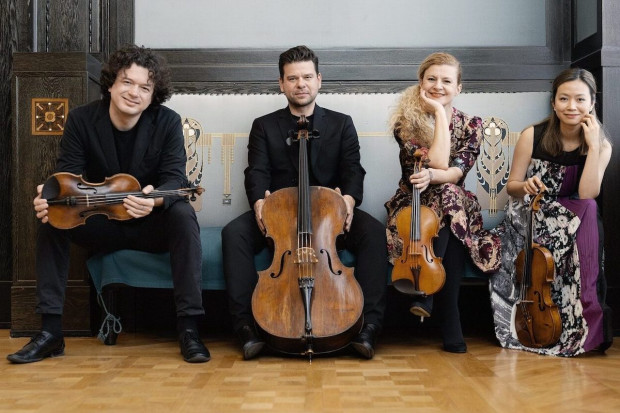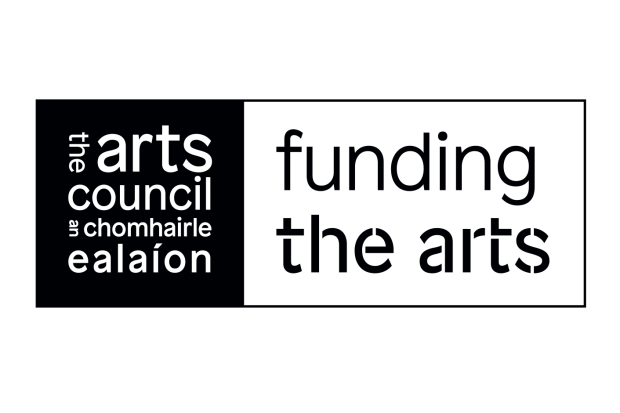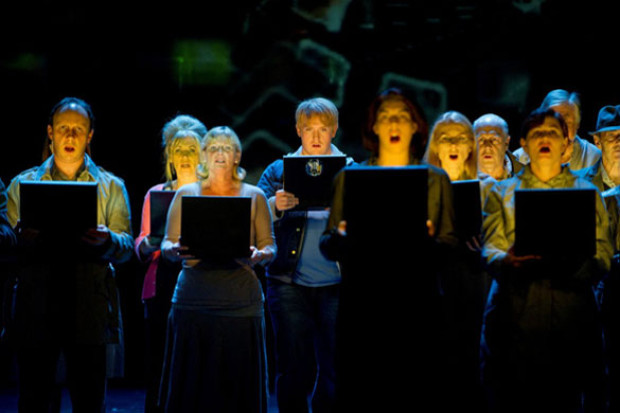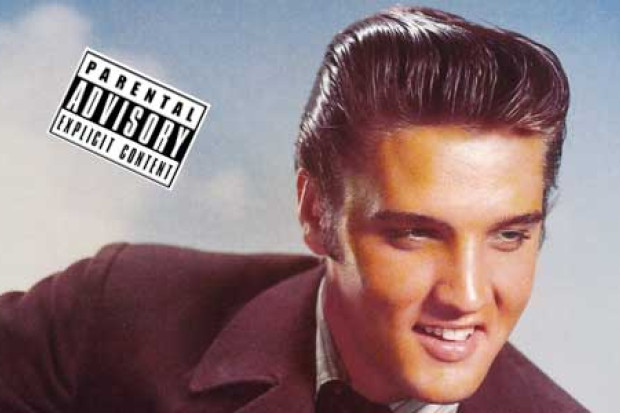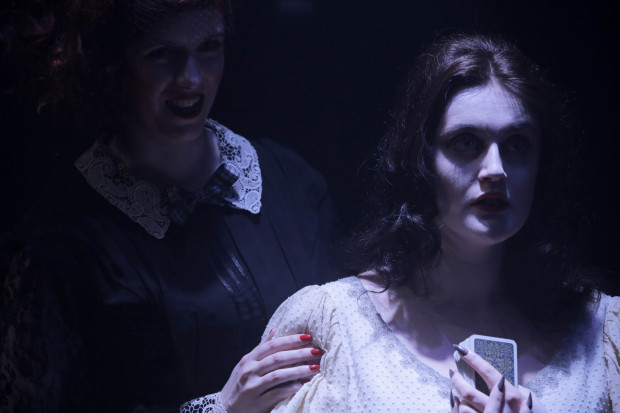
Audience members check on the progress of the new opera house in 1992. (Photo: Guy Gravett)
Pictures: 25 Years of Glyndebourne Opera House
Twenty-five years ago this May, Glyndebourne opened its new opera house. The capacity of the auditorium was increased by fifty per cent to 1,200 seats and it had backstage facilities that enabled the company to stage bigger and more ambitious productions.
The house opened with a performance of Mozart’s The Marriage of Figaro, the same opera that opened the very first Glyndebourne Festival in 1934.
New production hub
Glyndebourne is celebrating 25 years of the new opera house in 2019, and will also unveil its largest building project since: a new state-of-the-art production hub. The hub will be home to Glyndebourne’s props, sets, costumes, wigs and making departments, as well as a new rehearsal studio and music practice rooms.
The production hub will open in the run-up to Glyndebourne Festival 2019, which runs from 18 May to 25 August. This year’s festival features Massenet’s Cendrillon directed by Fiona Shaw, Berlioz’s La damnation de Faust, Mozart’s Die Zauberflöte, Melly Still’s production of Dvořák’s Rusalka, Robert Carsen’s take on Handel’s Rinaldo, and Annabel Arden’s production of Rossini’s Il barbiere di Siviglia.
Booking for the 2019 festival opens on 3 March. For more, visit www.glyndebourne.com.
—
Glyndebourne Opera House, 1994–2019. View a selection of photos from the history of the opera house below.
During the 1980s it became clear that Glyndebourne needed a new opera house that could meet audience demand for tickets and accommodate ever more technically demanding productions. The original theatre at Glyndebourne, built in the 1930s, could seat 300 people but was enlarged and improved over the years and eventually had a capacity of 850. (Photo: Guy Gravett © Glyndebourne Productions)
—
In 1992 the old Glyndebourne theatre was demolished to make way for the building that stands today. In the photo above you can see ground work on the new rehearsal studios and back dock area taking place. (Photo: Gus Christie © Glyndebourne Productions)
—
Audience members at the 1992 Glyndebourne Festival check on progress with the new opera house. Only one Glyndebourne Festival season, in 1993, was missed to accommodate the build. That summer, Glyndebourne performed a series of concerts at the Royal Festival Hall instead. (Photo: Guy Gravett © Glyndebourne Productions)
—
The new opera house opened on 28 May 1994. Designed by Michael and Patty Hopkins, the theatre has won awards for architecture and craftsmanship. The new auditorium had 1,200 seats and significantly improved backstage facilities, allowing Glyndebourne to stage bigger and more ambitious productions. (Photos Mike Hoban © Glyndebourne Productions).
—
The first opera to be performed in the new opera house was Mozart’s Le nozze di Figaro, the same opera that opened the very first Glyndebourne Festival in 1934. Gerald Finley starred as Figaro alongside Alison Hagley as Susanna. (Photo: Guy Gravett © Glyndebourne Productions)
—
Following the opening of the new house, Glyndebourne embarked on an exploration of works from the baroque repertoire, starting in 1996 with a production of Handel’s oratorio Theodora, with US mezzo-soprano Lorraine Hunt Lieberson as Irene. (Photo: Mike Hoban © Glyndebourne Productions)
—
Michael Grandage’s 2010 production of Britten’s Billy Budd took design inspiration from the shape and materials of the auditorium. The huge set created a cross section of a French man of war, giving the audience a sense of being on board with Billy and his crewmates as the drama unfolds. (Photo: Alastair Muir © Glyndebourne Productions)
—
The new opera house allowed Glyndebourne to stage its first works by Wagner, thanks to the increased size of the orchestra pit. A production of Tristan und Isolde in 2003 was followed in 2011 by Die Meistersinger von Nürnberg (pictured), the largest production ever to be staged at Glyndebourne. ( Photo: Alastair Muir © Glyndebourne Productions)
—
Another highlight from the past 25 years was the world premiere of a new opera based on Shakespeare’s Hamlet by Brett Dean. Winner of World Premiere of the Year at the 2018 International Opera Awards, the production featured Allan Clayton (Hamlet), Sir John Tomlinson (Ghost of Old Hamlet/1st Player/Gravedigger) and Dame Sarah Connolly (Gertrude). (Photo: Richard Hubert Smith © Glyndebourne Productions)
—
The horseshoe-shaped auditorium of the new opera house was crafted out of century-old pitch pine. (Photo: Charlotte Boulton © Glyndebourne Productions)
Glyndebourne opera house today – nestled in South Downs in Sussex. ( Photo: Sam Stephenson © Glyndebourne Productions)
For details on the upcoming Glyndebourne festival, visit www.glyndebourne.com.























